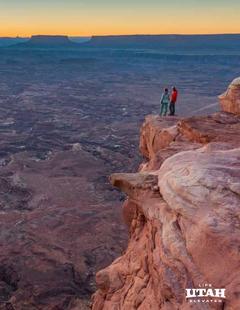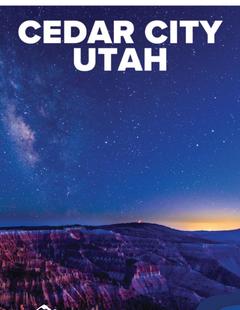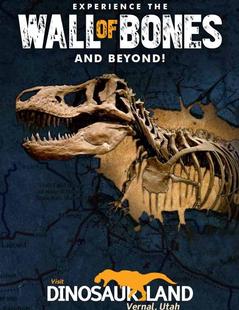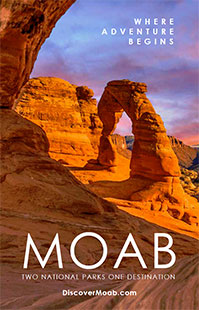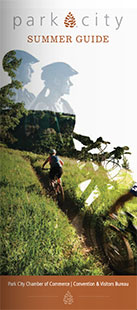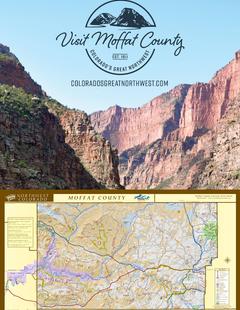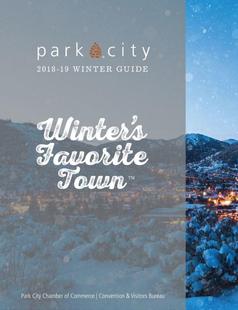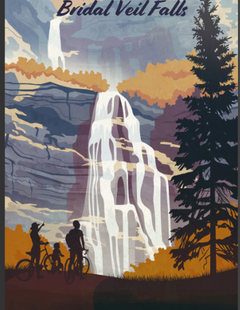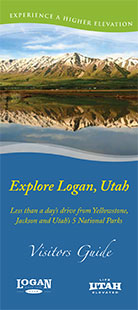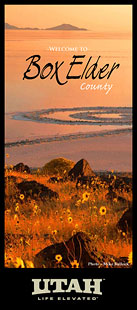Description
It’s the mild, sunny winters that have in part contributed to the rapid growth of St. George, Utah in the current century. But long before there were thousands of snow-bunnies there were settlers, drawn to the area not by the prospects of a warm retirement but for the purposes of cultivating cotton. Though cotton didn’t cut it in the end, the settlers stayed, growing Mulberry trees to feed silkworms, mining, raising families and presumably appreciating the aforementioned climate. For the modern visitor, all this historic bustle means that in the general St. George, Utah area there are some intriguing sites from the late nineteenth century worth seeing, from the sacred to the sobering.
There are three noteworthy houses of worship to consider while out and about. The St. George LDS Temple is a gleaming white historic landmark built by early pioneers (interior closed to visitors), the first completed temple in the state. Built during the same period, the red sandstone St. George LDS Tabernacle is less eye-catching, but open for daily music recitals. Designed and built by a shipbuilder, the sturdy Pine Valley Church rounds out nicely a spiritual tour, paving the way for a dose of secularism at sites like Grafton Ghost Town and Silver Reef Ghost Town, with cotton and silver roots respectively. To get a feel for the trappings of nineteenth century life in the region though, you’ll want to leave time for a tour of Brigham Young’s Winter Home (who also happened to find the climate here appealing) and the Jacob Hamblin Home in Santa Clara, where another historic mover and shaker once resided. Learn more about the sobering slaughter at Mountain Meadows, a memorial site north of St. George if you want a dose of reality. Otherwise, head for Ancestor Square, an atmospheric stretch of the city that abounds with boutiques, art galleries and historic buildings.















